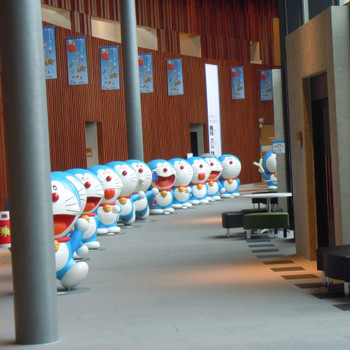How was Hitler able to murder so many Jewish people?
2 Answers
He had absolute power and a large amount of the German State's people and resources organized for killing Jews in the most efficient way possible.
Explanation:
The Nazis held a record for killing a large amount people in a short period of time. Not until the Genocide in Rwanda was the rate of killing a very large number of people possibly exceeded.
The Nazis devoted a lot of time and expense to developing the gas chambers system which they converted to in 1942. They did it after noting that shooting people was inefficient and wearing on the soldiers doing the shooting. It still took them over 3 years to kill 6 million Jews and possibly 3 million others (Poles, Gypsies, Russian POW, mentally ill, homosexuals, etc.) in various ways including working to death and starvation beside the gas chambers.
A great deal of the rail system was in used to give priority transportation to Jews to the death camps. By 1945 they were running out of Jews to kill, but by that time the SS guards were trying to keep them alive to justify transporting them away from the fighting in the East. The purpose was to save the guards not the Jews.
https://en.wikipedia.org/wiki/The_Holocaust
http://img.4plebs.org/boards/tg/image/1419/95/1419952710631.pdf
There are numerous examples of mass-murder in history. What makes the Nazi mass-murder of Jews different is the systemic application of industrial organization and the priorities they gave to it.
Explanation:
Two useful books on the Holocaust include Martin Gilbert's , "Never Again: A History of the Holocaust" (2000); Lizzie Collingham's "The Taste of War: World War Two and the Battle for Food" (2011).
The mass murder of Europe's Jews had three phases: The first (1939-1941) was brutal, casual, and largely confined to Poland. Pre-war Nazi persecution of German Jews was bad enough, but consisted of deliberate degredation and isolation... things that had been seen before in Jewish history, and many Jews held a "This too shall pass" opinion.
The invasion of Poland was accompanied by casual homicide and improvised instances of mass shooting; often locally organized by troops (Wehrmacht or SS). In 1939-40, life was riskier for Polish educated elites and property owners. The Germans were still trying to decide what to do with 3 million Polish Jews.
Phase 2 combined the plans for the invasion of the USSR and a disturbing memo from the Reich's Food Commissioner, Herbert Backe, in early 1941. He determined that Germany's plan for food self-sufficiency, particularly when in Russia, would require the elmination of tens of millions of people. Various officials in the SS saw the opportunity to intensify the destruction of Jews -- as well as Soviet civilians and POWs.
With the invasion of the USSR, rations to Polish ghettos were cut again and the Einsatzgruppen execution squads were set loose. in the wake of the armies. By the fall of 1941, they had murdered hundreds of thousands, but found this was both inefficient and stressful. Instead -- as the Wannsee Conference of January 1942 illustrates -- a more industrial approach would be used. Six death camps were set up, all in Poland, to systemically murder millions of people, with particular focus on Europe's Jews.
By the end of 1943, almost all of the Jews in easy reach (except those of Italy and Hungary) had been eliminated, and the war in Russia had turned against Germany. Five of the death camps were closed, but Auschwitz-Birkenau remained open. Many of the Jews were still alive were being used as slave-labour, but the SS was relentless in using a combination of starvation rations and hard work to maintain a high death rate until the very end of the war.

